The world of smartphones has undergone a significant evolution over the past few years. Specifically, we have seen a number of changes and improvements, thanks to which we can look at smartphones in a completely different way today and use them for almost everything. Simply put, practically every one of us carries a full-fledged mobile computer with a number of options in our pocket. This time, however, we will focus on the development in the field of displays, which reveals something interesting.
It could be interest you

The bigger the better
The first smartphones did not exactly boast a high-quality display. But it is necessary to look at it from the perspective of the given time. For example, iPhone to iPhone 4S were only equipped with a 3,5″ LCD display with multi-touch support, which users immediately fell in love with. A slight change came only with the arrival of the iPhone 5/5S. He expanded the screen by an unprecedented 0,5″ to a total of 4″. Today, of course, such small screens seem comical to us, and it would not be easy for us to get used to them again. Anyway, as time went on, the diagonal of the phones kept getting bigger. From Apple, we even got models with the designation plus (iPhone 6, 7 and 8 Plus), which even applied for the floor with a 5,5″ display.
A radical change only came with the arrival of the iPhone X. As this model got rid of large side frames and the home button, it could offer a so-called edge-to-edge display and thus cover most of the front of the phone. Although this piece offered a 5,8" OLED display, it was still smaller in size than the "Pluska" just mentioned. The iPhone X then literally defined the form of today's smartphones. One year later, the iPhone XS came with the same large display, but the XS Max model with a 6,5″ screen and the iPhone XR with a 6,1″ screen appeared alongside it. Looking at the simple path of Apple phones, we can clearly see how their displays gradually got bigger.
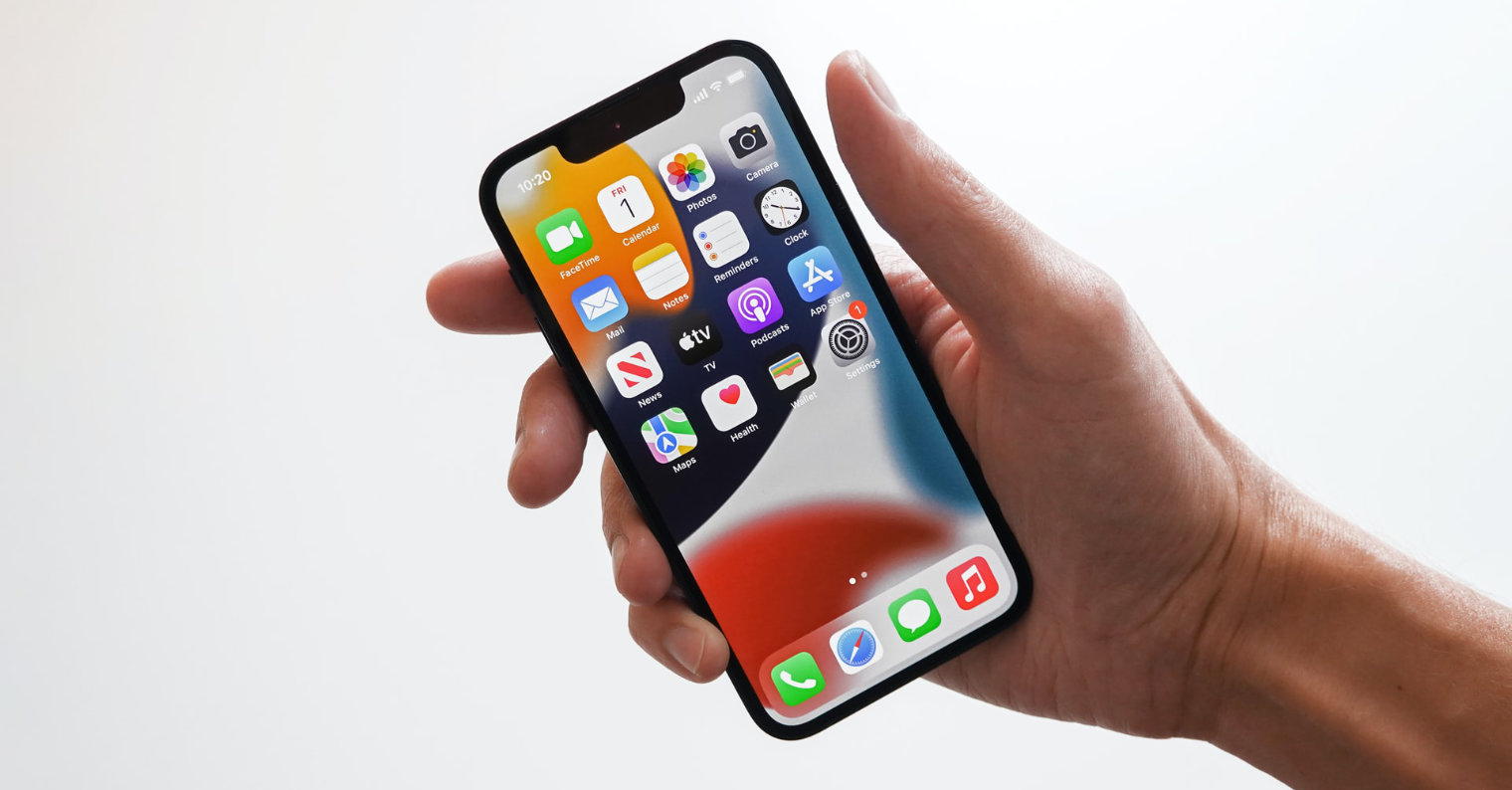
Finding the perfect size
The phones kept a similar form as follows. Specifically, the iPhone 11 came with 6,1", iPhone 11 Pro with 5,8" and iPhone 11 Pro Max with 6,5". However, phones with a display diagonal slightly above the 6" mark probably proved to be the best for Apple, because a year later, in 2020, other changes came along with the iPhone 12 series. Leaving aside the 5,4″ mini model, whose journey will probably end soon, we got the classic “twelve” with 6,1″. The Pro version was the same, while the Pro Max model offered 6,7″. And by the looks of it, these combinations are quite possibly the best that can be offered to meat on the market today. Apple also bet on the same diagonals last year with the current iPhone 13 series, and even the competitor's phones are not far from it. Practically all of them easily exceed the mentioned 6″ border, larger models even attack the 7″ border.
It could be interest you
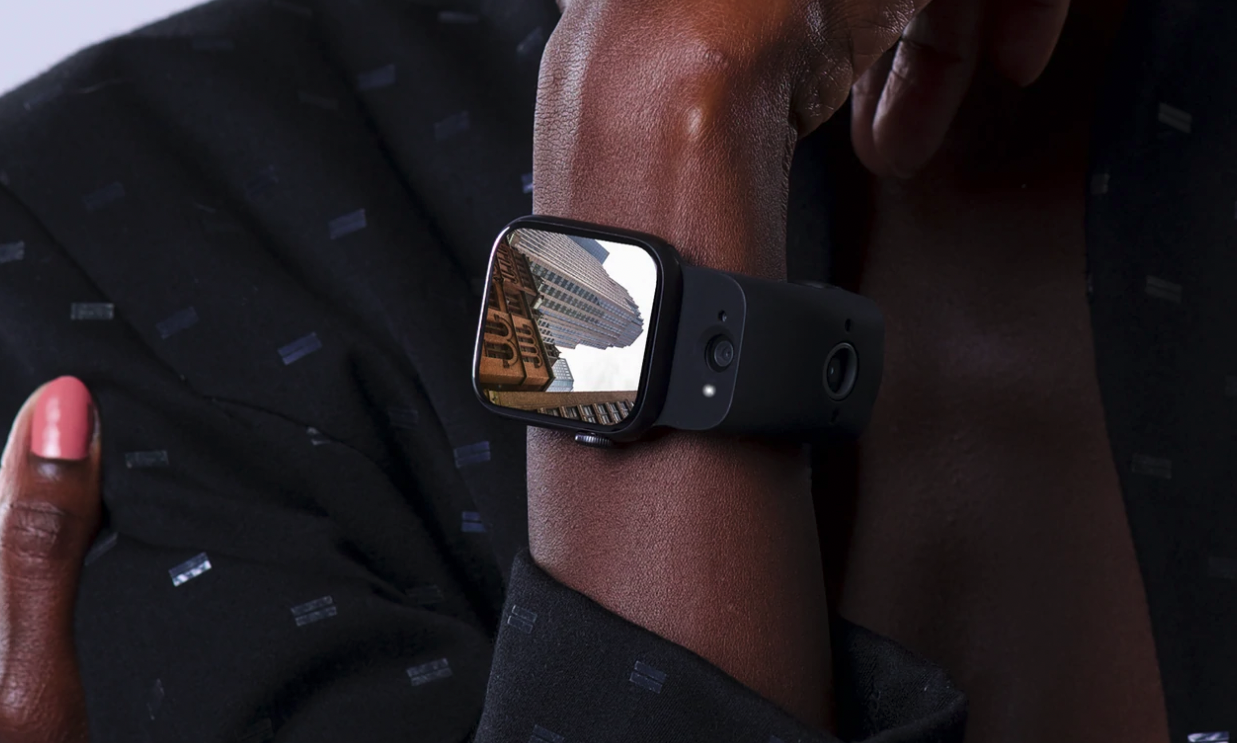
So is it possible that manufacturers have finally found the best possible sizes to stick with? Probably yes, unless there is some major change that could change the imaginary rules of the game. There is simply no interest in smaller phones anymore. After all, this also follows from the long-lasting speculations and leaks that Apple has completely stopped the development of the iPhone mini and we will not even see it again. On the other hand, it is interesting to observe how user preferences gradually change. According to a survey from Phonearena.com in 2014, people clearly favored 5" (29,45% of respondents) and 4,7" (23,43% of respondents) displays, while only 4,26% of respondents said they would like a display larger than 5,7" . So it's not surprising if these results seem funny to us today.
- Apple products can be purchased for example at AlgeIn iStores whether Mobile Emergency
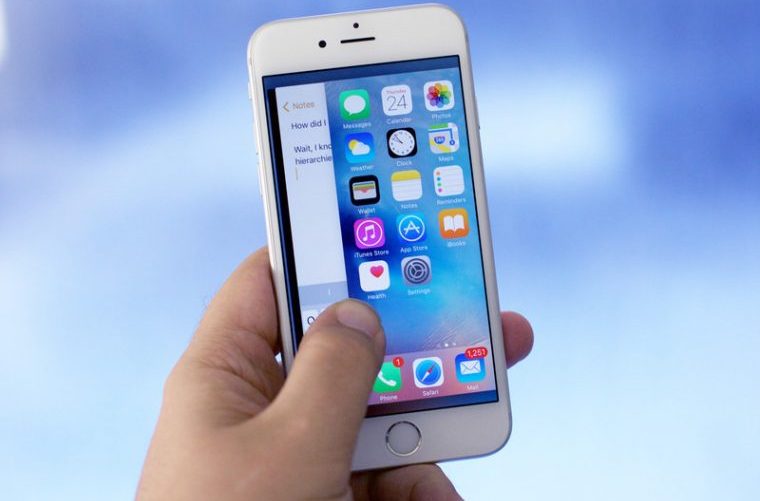
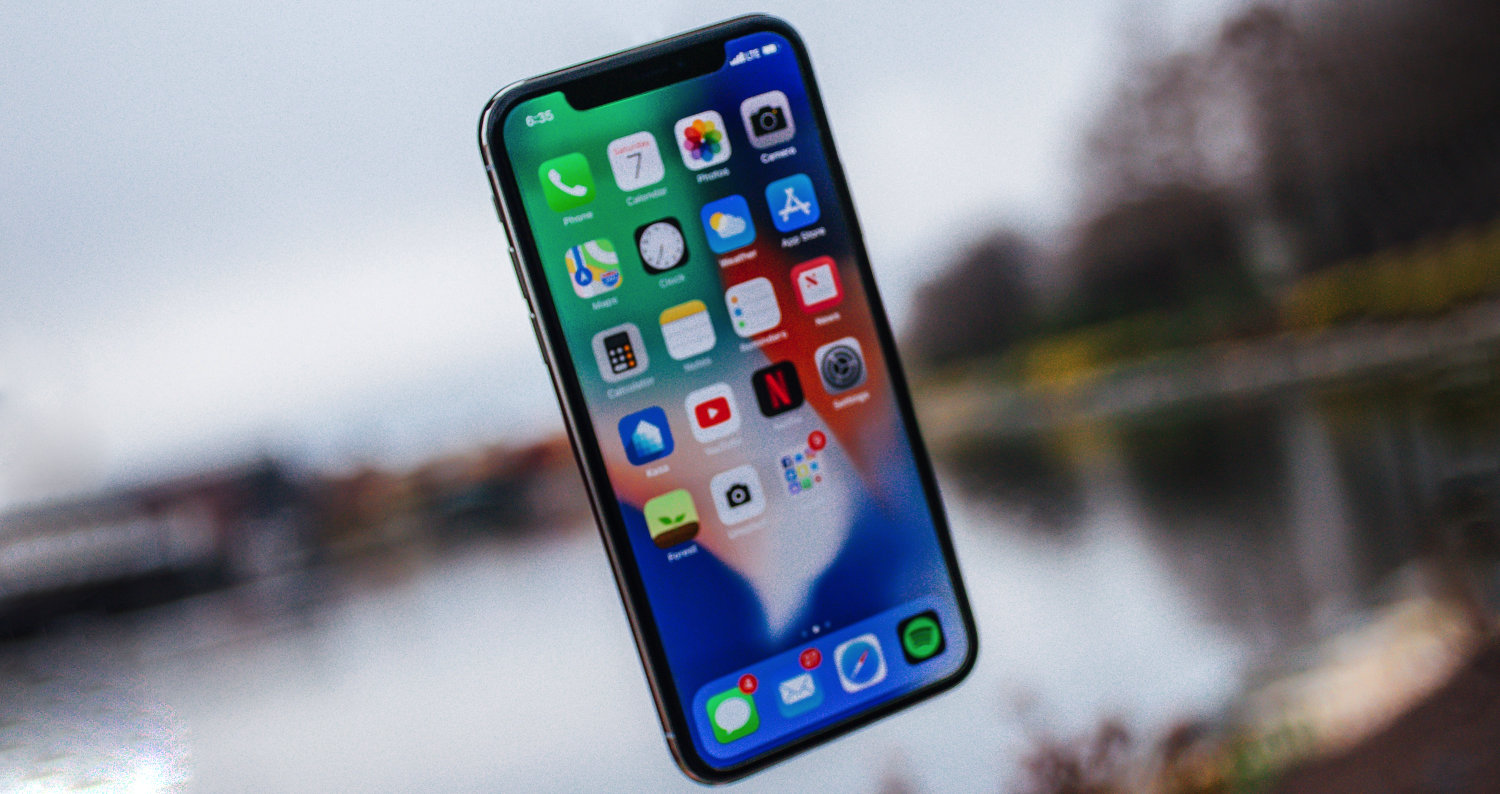
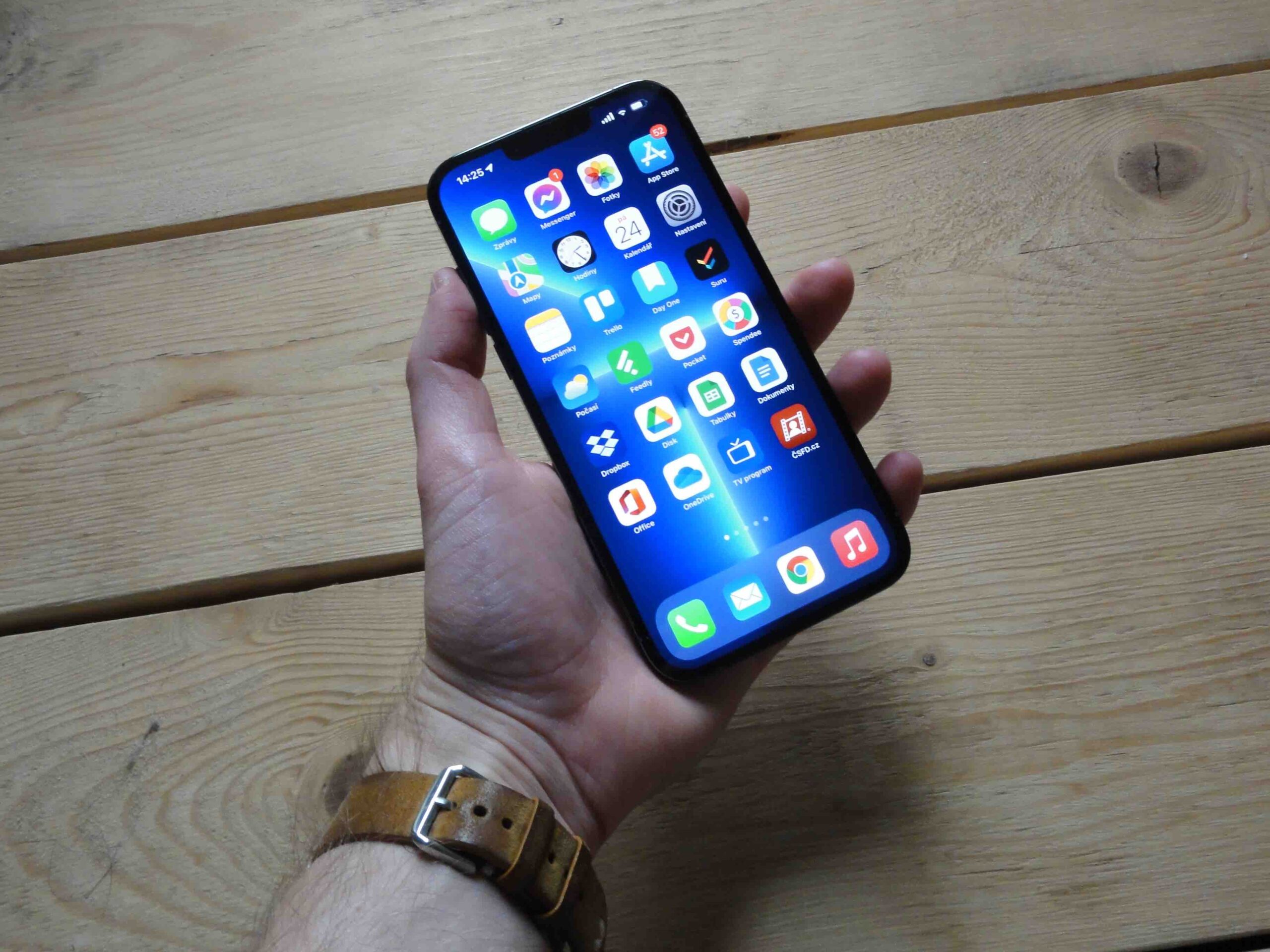
 Adam Kos
Adam Kos
Meaningless gibberish similar to the style work of a 6th grader at the most. The diagonal doesn't say anything about the size of the entire device, and that's what matters here after all. So talking about display diagonal preference is absolute bullshit. Respectively, it would be necessary to divide phones into bezel-less and bezel-less, and only then compare devices from 2018, when this trend began, with those from 2022. Similarly, from the beginning of smartphone production with those from the 2018 era, when bezels stopped being cool. Simply comparing the diagonal is like comparing a Ferrari with an Octavia and saying that the Octavia has more luggage space and that's why more customers buy it.
As for me, I have an iPhone 12 Mini and the size is quite on the edge, a bigger one would be a bit of a problem for me. Not the size of the display, but the size of your body. It can easily have a larger display, but even if the body doesn't get bigger, it's already a problem to control it with one hand. When I need a tablet, I take an iPad, I really don't need a tablet with the ability to make calls that won't even fit properly in my purse, let alone my pocket. So, I strongly hope that the iPhone Mini will continue to remain and not increase in size, that only its display will increase to the size of the body.
My wife and I use iPhone 12 mini, we have several friends with 12mini or 13 mini. I really wouldn't change the size, there's no need. It is used really perfectly in the hand, it is not a problem to control the phone with one hand while walking - I am also not afraid to use the phone in the bath and I am not afraid that my phone will fall into the water - because the grip is really very secure. I wasn't so sure about the 5,8″ Samsung S10e and that's why I went for the smaller one.
When I need a bigger device, I have a new iPad mini, my wife has hers too...or we have laptops or we connect a monitor or a TV.
6,1″ phone = I don't hold such an expensive phone for sure = it comes at the expense of comfort in the hand.
6,7″ is huge and also as expensive as the iPhone 13mini + iPad mini combined.